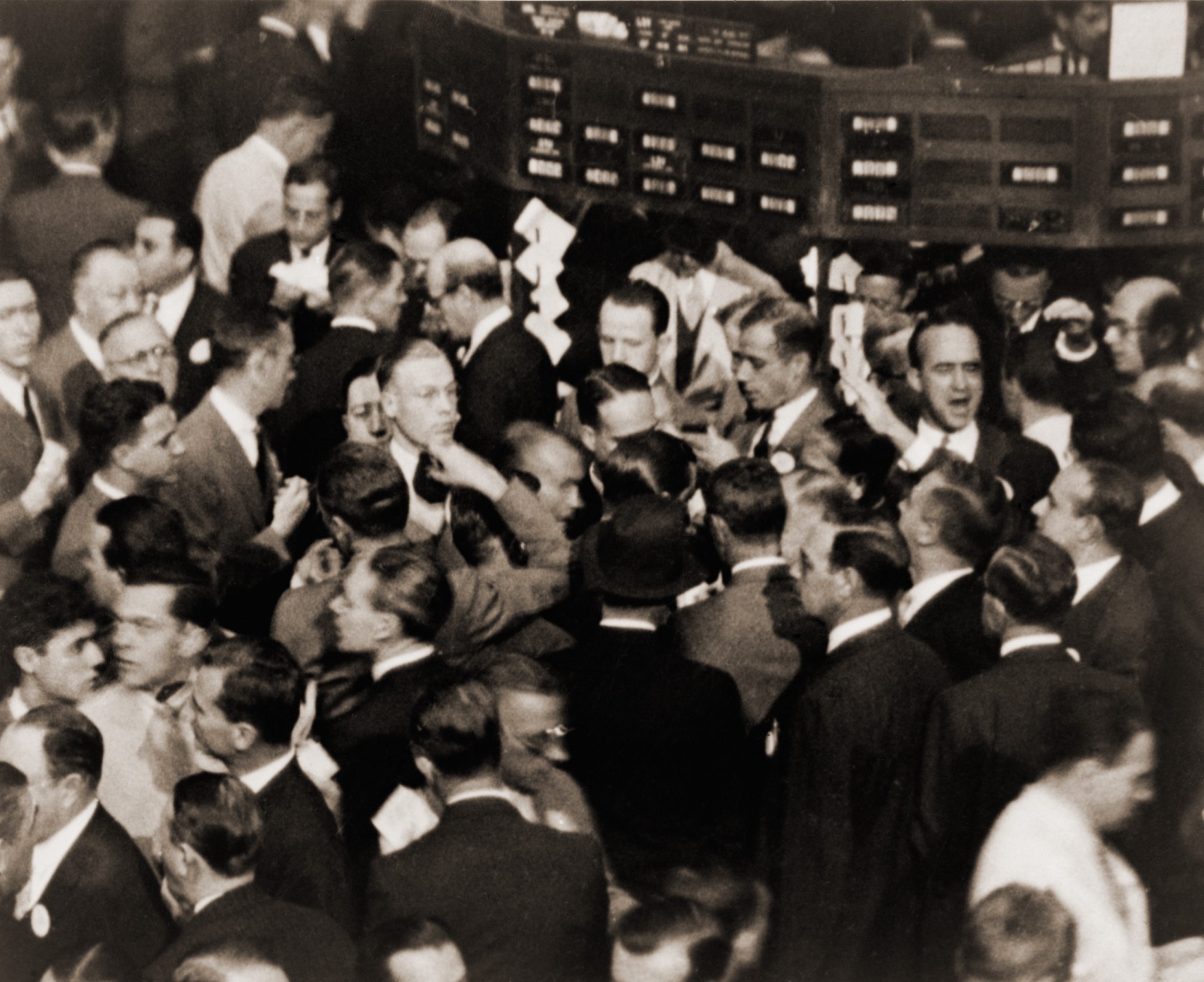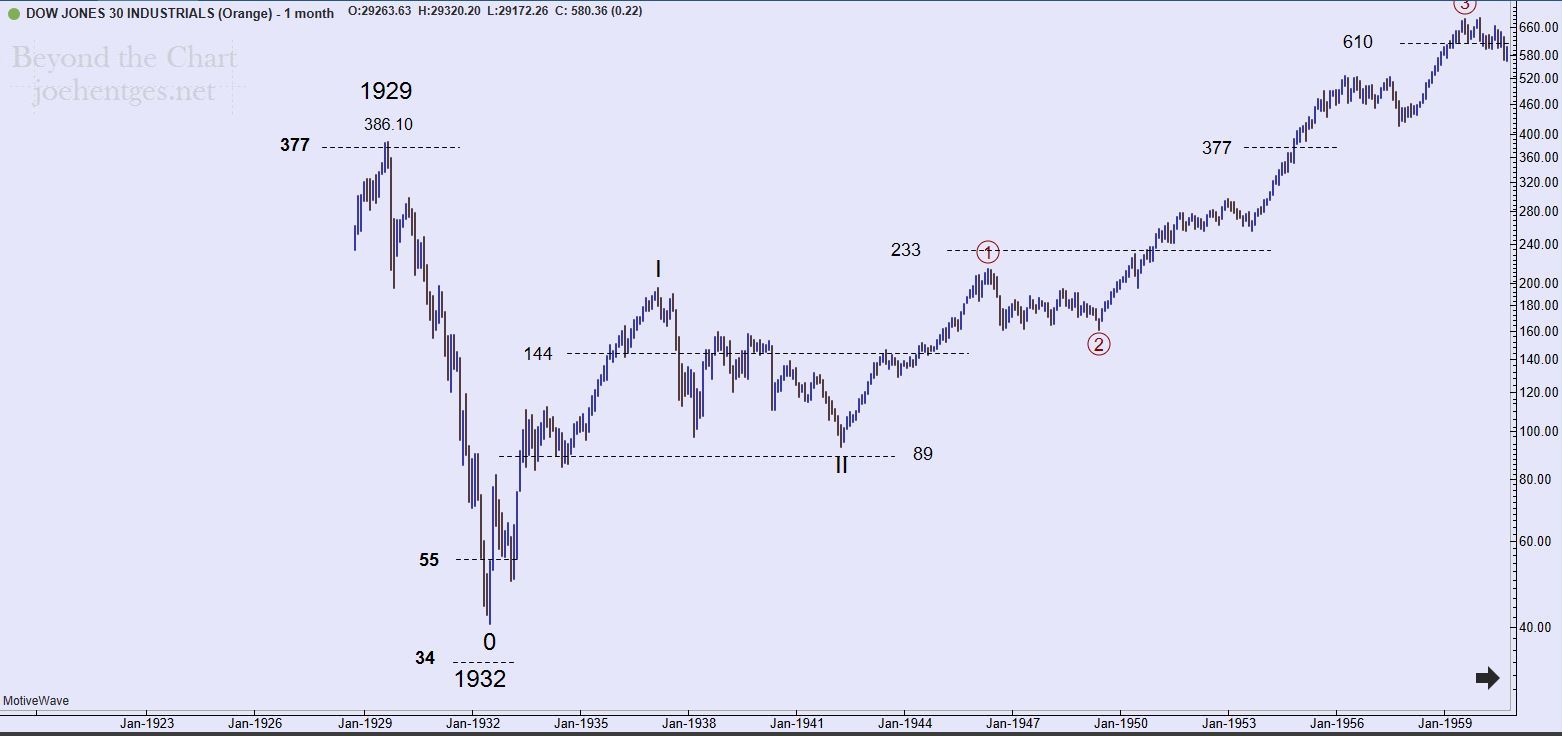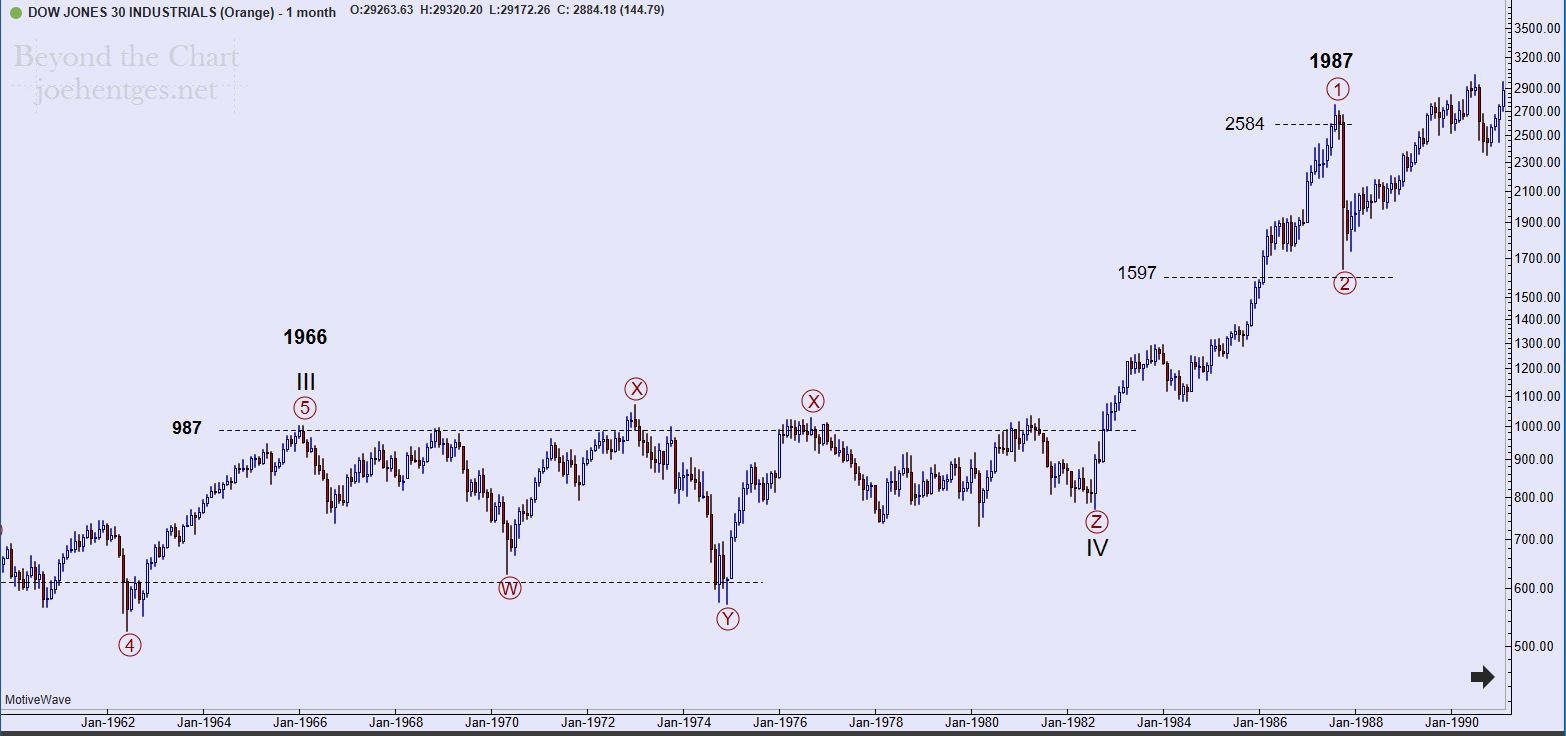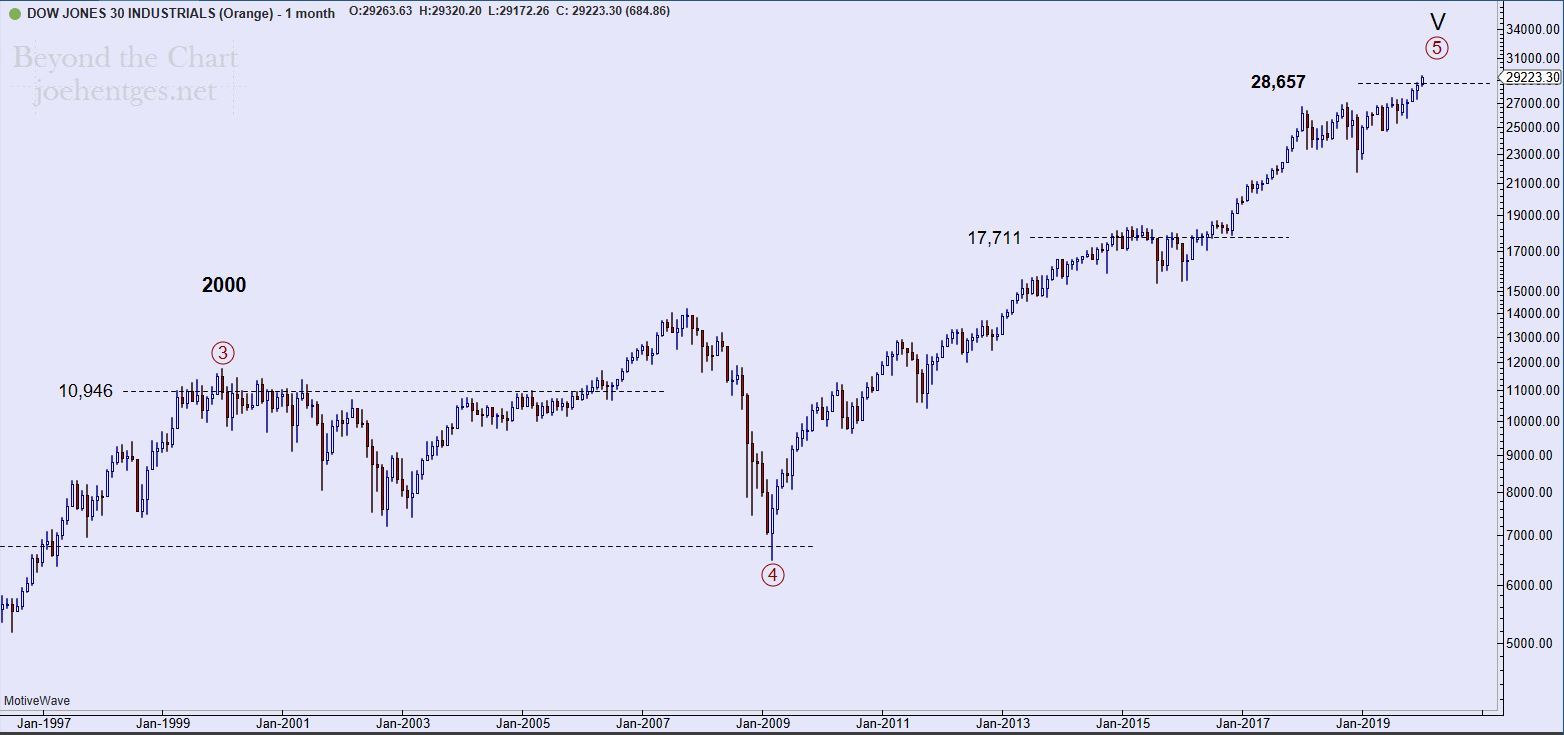
Memorial Day | Remembered… Forever
The following is a post I wrote last year on Memorial Day weekend. I see no reason to change it as I am proud to remember and honor those who have gone before us. This is definitely a different holiday weekend with millions out of work and fighting a terrible pandemic.
Here in the United States it is officially Memorial Day on Monday. Cookouts, camping, boating, the Indianapolis 500 all part of the official start of the summer season. But on this Memorial Day weekend my thoughts turn to remembering my Uncle Bob.
World War II
Uncle Bob served in the Army in World War II and the Korean War and then at the Pentagon for many years. He was a great guy and my favorite uncle. I was fortunate to have been able to spend some time with him in the late ’80s when we lived in Northern Virginia.
He would come visit the family and many times he and I would go play golf at Andrews Air Force Base and other courses around Washington D.C. I remember asking him about the war but he never wanted to talk about it. That was Uncle Bob.
Twice Honored
He didn’t want to talk about how he was in North Africa in 1943 and won the Silver Star for bravery. He didn’t talk about the Bronze Star that he received either. He didn’t talk about the fact that he was with the Army fighting their way up Italy to Monte Casino. I have a newspaper article about Uncle Bob from April 1944, with the title… “Says War Beyond Description”.
Uncle Bob died in 1990 of cancer at the age of 69. He, like my Dad, just liked those cigarettes a little too much. Uncle Bob was laid to rest in Arlington National Cemetery. I was there when they buried him. I have his flag and his medals.
Remembering Uncle Bob and many others on this Memorial Day weekend. Remembered …forever.







